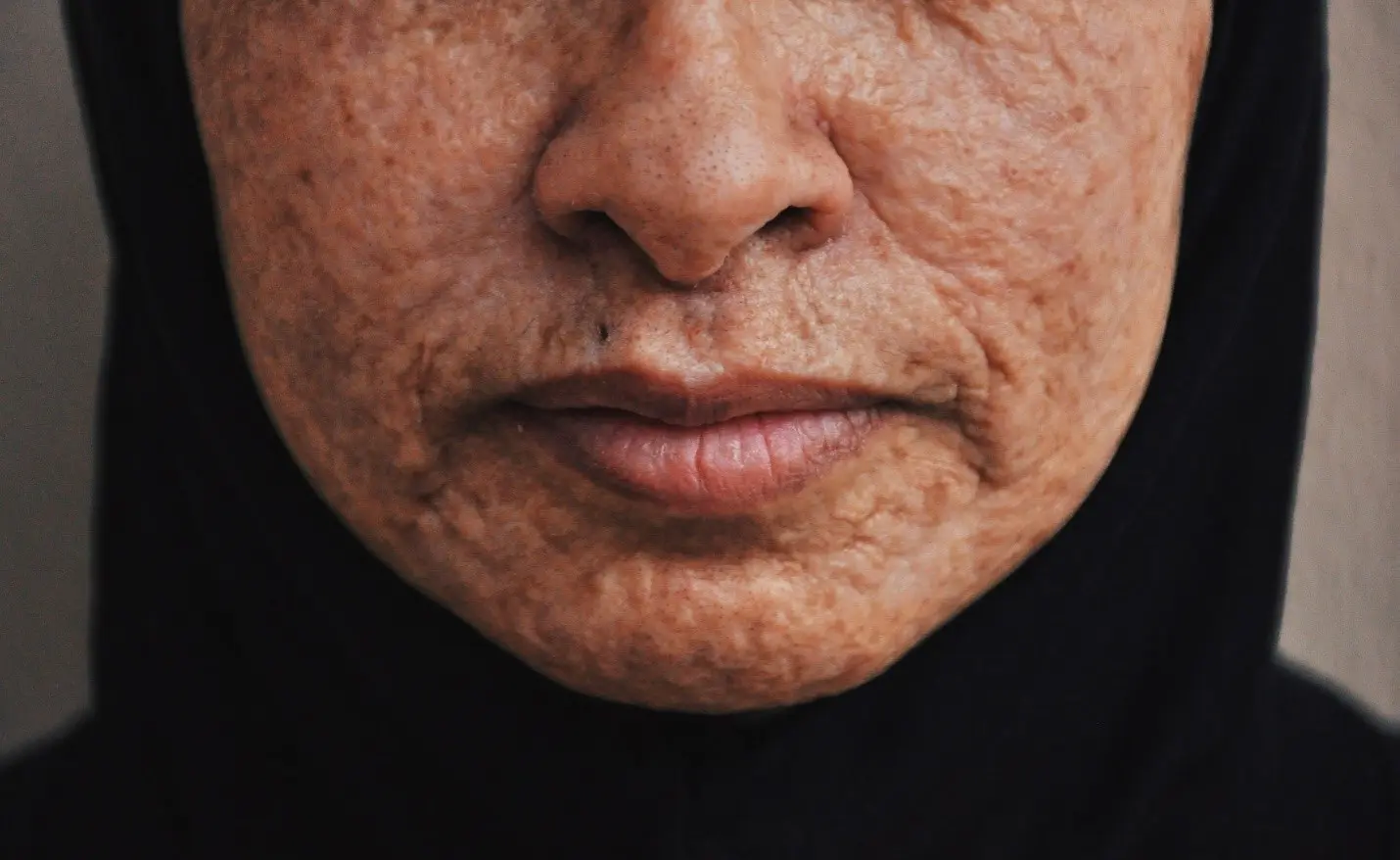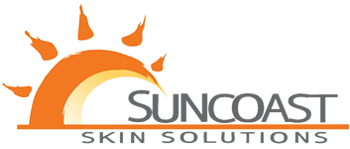
Dermatology is a wide branch of medical sciences that deals with various conditions pertaining to our skin, hair, and nails. Dermatologists specialize in conditions that may affect people of all ages and if not addresses, they may turn dangerous for our overall health. Most skin conditions can be easily treated using topical medications and over-the-counter drugs. However, some complicated and severe conditions can permanently impact your skin, requiring specialized treatments. And that's where complex dermatological treatment methods come into play - and one such treatment is subcision.
Acne is a common skin problem that people often experience from an early age. But when acne doesn't go away and leaves unappealing marks or scars on your skin, there is only much topical medication and ointments can do to improve it. In such cases, dermatologists use treatments like subcision.
Let's learn what subcision is and who needs to opt for this treatment method. So without further ado, let's dive in.
What is Subcision?
Subcision is a dermatological treatment that is used to correct skin scarring due to common skin problems such as acne. It is a minor, in-office surgical procedure that usually deals with treating certain types of scars called valley scars. A valley scar is a scar that appears due to a defect in the volume of the skin near or at the site of the scar. The end goal of a subcision surgery is to simply improve the decreased volume of the skin in those certain affected areas.
During subcision, doctors insert a small needle in your skin that helps release the acne scar from the underlying tissue. This, in turn, allows the skin to rise, which helps diminish the appearance of acne scars. The treatment basically breaks up the bands in your skin that pull the scarred area downward, causing depression in your skin. This procedure eventually allows for the formation of new and healthy tissues.
Who Can Get Subcision Treatment?
As discussed above, subcision is an incision-less surgical treatment used to treat depressed scars, but it can also improve the appearance of wrinkles and cellulite. Moreover, other than acne scars, your dermatologist may recommend subcision to help reduce scars caused by wounds, chicken pox, or surgery.However, it's important to note that subcision is unsuitable for all acne scars. For example, it may not help treat hypertrophic (raised) scars or keloid scars.
Moreover, people who take oral retinoids are not recommended to go for a subcision treatment. The treatment is also not suitable for people with the following condition.
- Viral or bacterial infections
- Blood clotting disorders
- Current or active acne
Subcision is suitable for all genders, but the ideal age range for the treatment is 20 to 30 years. People under the age of 20 are not recommended to go for the treatment as their skin is still too young and developing. 30 plus is also the perfect age for subcision, but you can still get it before 40 - or before your skin starts aging and becomes fragile.
What Happens During a Subcision Treatment?
Before the treatment, the area that needs to go under subcision is cleansed to remove makeup or any dirt present. The doctor uses a surgical marker to define the scar margins and adjusts the overhead lighting to delineate depressions. Local anesthesia is unfliltered so the patient may not feel any pain due to the needle.
The next step involves a tri-beveled hypodermic needle, which is inserted at an acute angle, adjacent to or beneath the scar directly into the skin. Smaller needles may be used for wrinkles or superficial scars. The needle is extended through the dermis and moved back and forth in a fan-like motion.
This needle basically helps in losing and breaking the fibers that connect the scars to the tissue underneath it. This needle process helps lift a depressed scar as well as triggers the release of collagen on the site of needle insertion in your skin. The two consequences of needle insertion play an equal role in diminishing the appearance of scars on the skin.
This entire procedure entails one subcision session - and a person may require 3 to 6 sessions for the complete disappearance of scars. But this depends on the amount and depth of scars on your skin - the more affected your skin is, the more sessions you will require. Each session is at least four weeks apart to allow the skin to heal from needle trauma.
Are There Any Side Effects of Subcision?
It is quite common for a person to experience a little pain after the procedure. However, some people may also observe swelling and bruising on their needle insertion site, which is totally normal and goes away on its own. There are some less common side effects of the treatment as well, such as:
- Skin discoloration
- Infection in or around the injection site
- Injury to blood vessels and nerves around the scar
In case a patient experiences these side effects, it's recommended to rush to the doctor to see if they are serious and make sure it leads to no serious consequences on your skin.
Should You Opt For the Subcision Treatment Method?
Subcision is a fairly simple, painless, and short treatment method that helps with certain types of skin problems, such as scarring and wrinkles. But, it may be costly for some people as the procedure involves multiple sessions, and each session may cost up to $200 to $400 - which is not as expensive as many other dermatological and cosmetic procedures but nonetheless may not fit everyone’s budget,
That said, if someone wants to get rid of their acne scars and enhance their appearance through an easy procedure, this might be the best option. Hence, if you have the same problem and fall in the eligible category for the procedure, we suggest you go for it. You can also contact reputable dermatologists here for advice and an appointment for your treatment. We wish you good luck!
SunCoast Skin Solutions Dermatology offices are located in Tampa / Hillsborough, St. Pete / Pinellas County, Brandon, Lutz, Winter Haven, Largo, Hudson, Leesburg, Riverview, Brooksville, Clearwater, Ocala, Palm Harbor, Daytona Beach, Sarasota, Punta Gorda, Seminole, Florida. Contact us at 1-844-786-3376 or click here.

Recent Comments